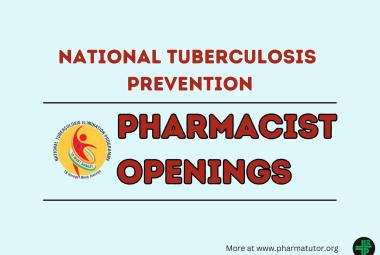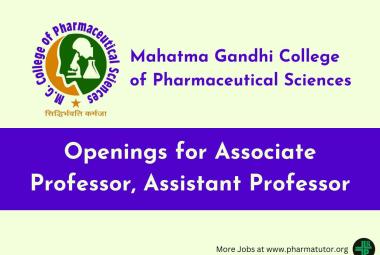A U.S. patient with leukemia has become the first woman and the third person to date to be cured of HIV after receiving a stem cell transplant from a donor who was naturally resistant to the virus that causes AIDS, researchers reported.
The oral abstract was presented at CROI 2022, the Conference on Retroviruses and Opportunistic Infections.
Since receiving the cord blood to treat her acute myeloid leukemia - a cancer that starts in blood-forming cells in the bone marrow - the woman has been in remission and free of the virus for 14 months, without the need for potent HIV treatments known as antiretroviral therapy.
If HIV remission continues and she is determined to be cured, she would be only the third person to achieve cure and the first HIV remission to have been successfully engrafted with umbilical cord blood cells with a mutation that is protective against HIV-1 combined with stem cells from an adult, haploidentical or half-matched related donor.
The two previous patients with HIV cure received adult donor cells – one from bone marrow and one from blood stem cells – that had the protective mutation, but no umbilical cord blood cells.
The case is part of a larger U.S.-backed study led by Dr. Yvonne Bryson of the University of California Los Angeles (UCLA), and Dr. Deborah Persaud of Johns Hopkins University in Baltimore. It aims to follow 25 people with HIV who undergo a transplant with stem cells taken from umbilical cord blood for the treatment of cancer and other serious conditions.
“This study provides hope for the use of cord blood cells or a combination of cord blood cells and haploidentical (half-matched) grafts to achieve HIV-1 remission for individuals requiring transplantation for other diseases. It also provides proof that HIV-1 viral reservoirs can be cleared sufficiently to afford remission and possibly cure in the setting of resistant target cells, said Bryson, the protocol chair for the International Maternal Pediatric Adolescent AIDS Clinical Trials Network (IMPAACT), the organization conducting the observational IMPAACT P1107 study.
The CCR5-delta32 mutation is rare, but cord blood banks may provide a previously untapped resource, according to the researchers, and the combination therapy would enable clinicians to take advantage of the unique benefits offered by each type of graft for more diverse populations.
“Adult donor grafts provide many cells initially and rapid engraftment, but histocompatibility can be an issue leading to risk of graft-versus-host disease. Umbilical cord blood grafts have a lower cell dose and take longer to engraft, but they can be banked for ready availability, and they pose less risk for GVHD,” Bryson said. “With the combination, the adult graft provides accelerated engraftment until the cord graft takes over.”










